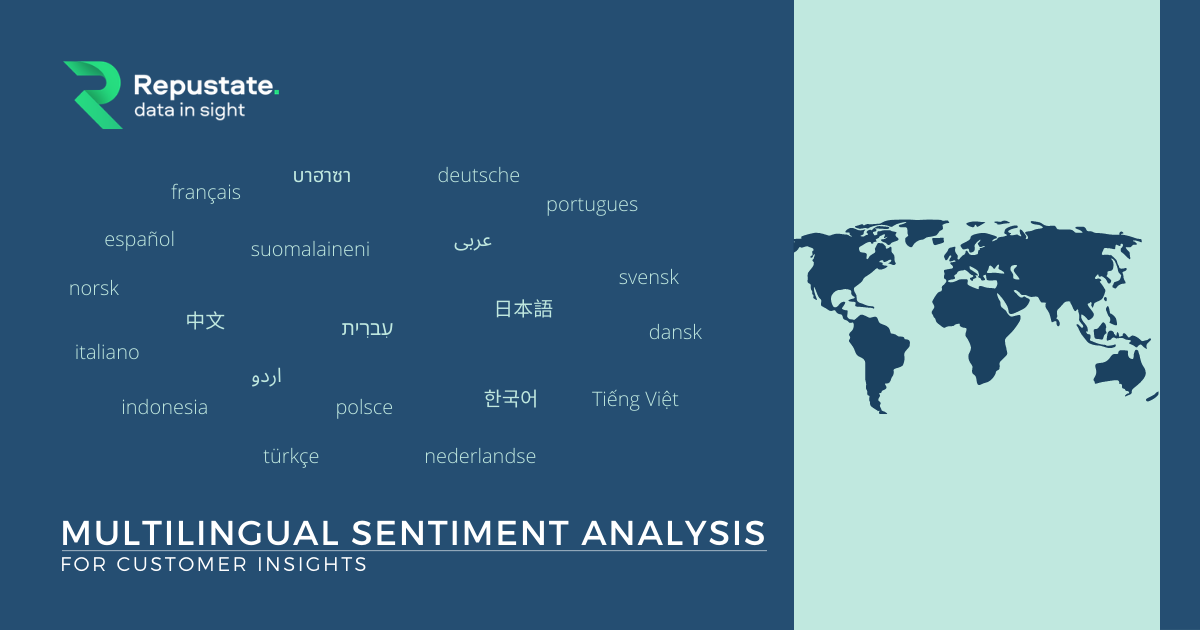Why use Multilingual Sentiment Analysis?

Should you use translations for Sentiment Analysis?
Translation is the process of transferring words or text from one language into another. Sounds simple right? Wrong. Due to the complexities of language in general, and the specific differences between various languages, translation is rarely a word-for-word transfer from say English to Italian, or vice versa. Translations must deal with contrasts between basic linguistic building blocks such as grammar, syntax, semantics, lexicons, morphology, and even tonality in the case of languages like Mandarin, Thai and Punjabi. Add in all the various literary devices that people use such as idioms, sarcasm and slang, and it's easy to see that trying to accurately capture the intended meaning of a text through translation can be a daunting task.
But when it comes to a business trying to know their consumers, what they really need to understand is the true intended meaning of their feelings when it comes to prices, product features, customer service, quality, etc. In other words, when it comes to analyzing the voice of customer, accuracy is everything.
Are native languages preferred for Sentiment Analysis?
So what is multilingual sentiment analysis? Most of us know what sentiment analysis is: the identification, extraction and analysis of consumer feelings and opinions expressed through social media or customer surveys. A multilingual approach to sentiment analysis begins with the simple belief that to understand voice-of-customer, you must analyse consumer opinions and feelings in the native language in which they are expressed. If comments are in Portuguese, then they must be analyzed in Portuguese. For practitioners of text analytics, translation and inaccuracy go hand-in-hand as the two most severe errors you can commit as a brand marketer, product manager or market researcher.
Marketing departments, advertising agencies, and even some automated social listening and social monitoring tools, often use automated, machine translators like Google and Amazon to change one language to another to conduct sentiment analysis on the text. One major disadvantage of machine translation is its inability to pick up on cultural nuances, contextual content clues, and local slang. This results in content that can feel mechanical, stilted and full of errors. Translating any text data, be it a social media post or a product review, can reduce sentiment analysis accuracy by almost 20%. That's huge if you are looking to use the results to guide your change management. In any form of data analytics inaccuracy is a cardinal sin. To reduce inaccurate analysis, Repustate provides sentiment analysis and enterprise search for 23 languages including: